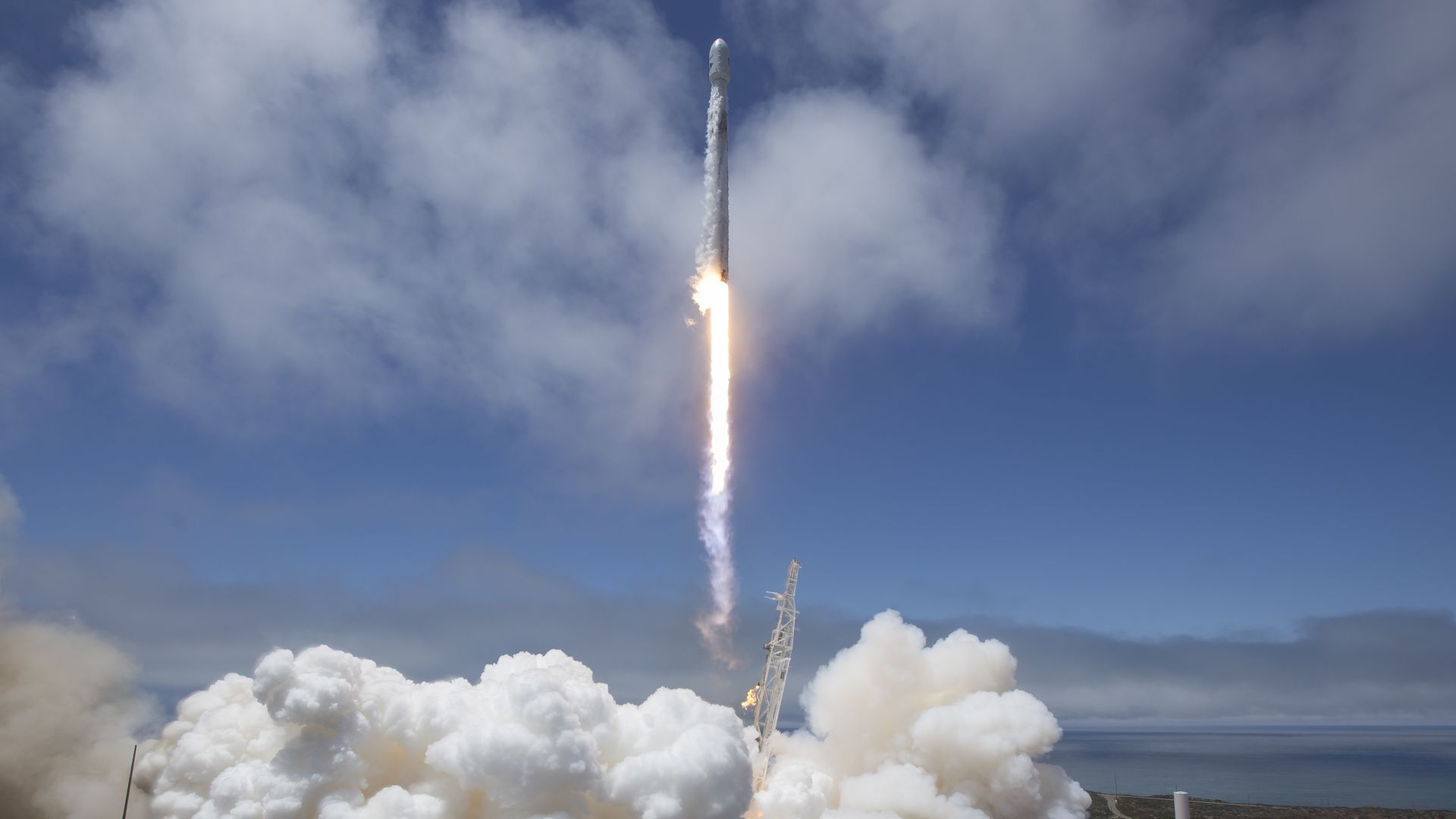Peter Beck is the real life rocket man. He loves rockets so much that he started Rocket Lab, a space startup specializing in lightweight, cost-effective commercial launch services. His goal is to make launching rockets into orbit as common as picking up your mail, and he’s making progress.
Video by Matt Goldman.









